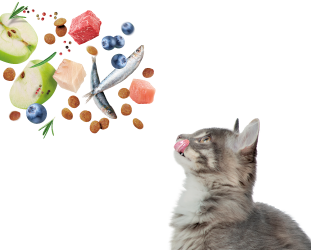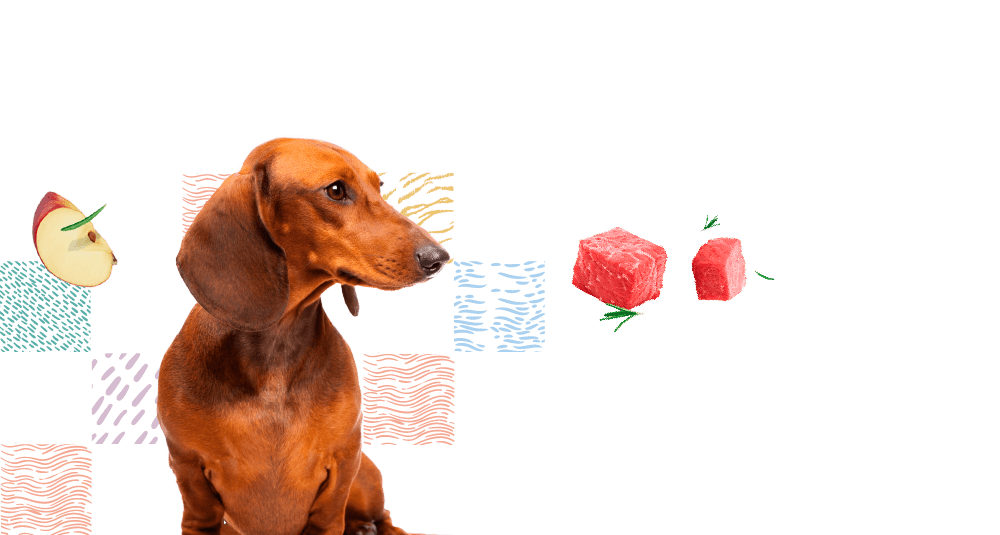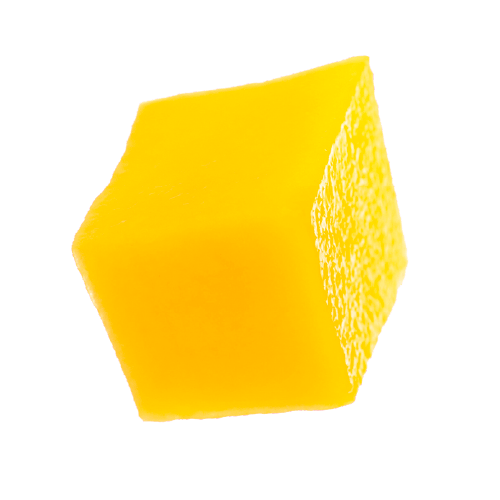The processionary caterpillar arrives
If we have green areas close to home, we could be in danger!
What is the processionary caterpillar?
The pine processionary is a species of butterfly, which belongs to the notodontidae family. What is really dangerous is not the moth, but the caterpillar. It is covered with up to 600,000 whitish stinging hairs, which are what cause unpleasant allergic reactions. These hairs have barbs that contain the toxin Thaumatopine, which is responsible for the irritating effect in case of contact. If it feels attacked, the processionary worm can shoot these hairs and the wind can carry them up to 200 meters away. Contact should therefore be avoided even when the caterpillars have already abandoned the nests found in the pine trees. The nests are like little whitish bags in the pine trees. Therefore, before entering a forest area, we recommend looking to see if the trees have these nests to avoid it and take another path.
As temperatures rise, caterpillars descend to the ground and can be deadly for our pets.
As we mentioned above, their hair contains a poison that can cause hives. They release them into the air as an act of defense and if our pet smells them it can be very dangerous. Furthermore, the contact of the processionary with our dog's skin can have a stinging-toxic effect and cause very serious dermatitis.
It is very important to be alert on walks and check our dog's skin to check that it has not been in contact.
What should I do if my dog has come into contact with a processionary caterpillar?
The main contact area is the snout, since they sniff along the street when taking walks. The first symptoms will be nervousness and itching in the snout, constantly trying to touch itself with its paws. Swallowing and hypersalivation. Then dermatitis appears, which can lead to ulcers and even necrosis.
Hence, the importance of seeing the symptoms as soon as possible to take it to the vet and start treatment as soon as possible. Fast-acting intravenous or intramuscular corticosteroids for milder cases.
So be very careful please!
Tips:
- Before entering a forest area, look for nests in the trees.
- If we enter, try not to let go of our pet to pull if we see that there is a caterpillar on the ground
- Check your snout well when you get home
- Take him to the vet immediately if we see any of the symptoms.
Share this content















